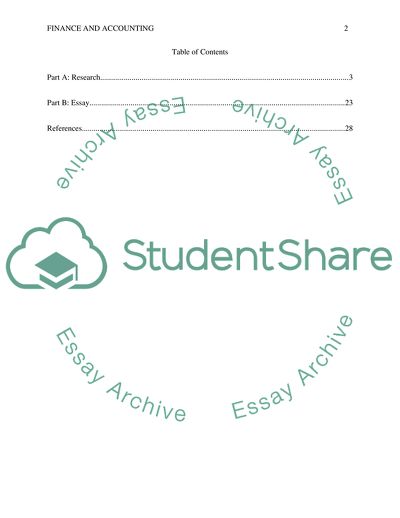Cite this document
(Advanced financial Accounting Assignment Example | Topics and Well Written Essays - 4000 words, n.d.)
Advanced financial Accounting Assignment Example | Topics and Well Written Essays - 4000 words. https://studentshare.org/finance-accounting/1803025-advanced-financial-accounting
Advanced financial Accounting Assignment Example | Topics and Well Written Essays - 4000 words. https://studentshare.org/finance-accounting/1803025-advanced-financial-accounting
(Advanced Financial Accounting Assignment Example | Topics and Well Written Essays - 4000 Words)
Advanced Financial Accounting Assignment Example | Topics and Well Written Essays - 4000 Words. https://studentshare.org/finance-accounting/1803025-advanced-financial-accounting.
Advanced Financial Accounting Assignment Example | Topics and Well Written Essays - 4000 Words. https://studentshare.org/finance-accounting/1803025-advanced-financial-accounting.
“Advanced Financial Accounting Assignment Example | Topics and Well Written Essays - 4000 Words”. https://studentshare.org/finance-accounting/1803025-advanced-financial-accounting.


